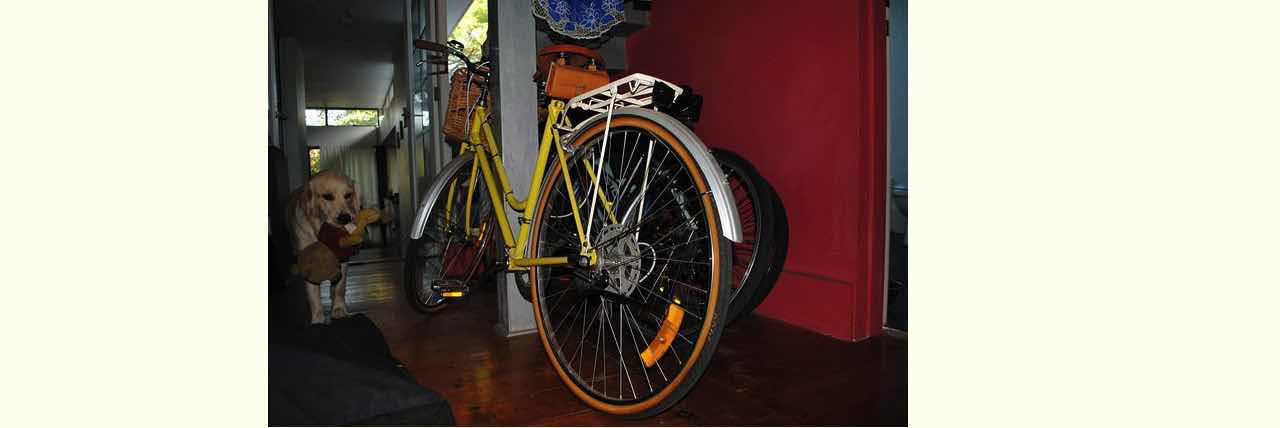Numbers Guessing Game
Your Numbers Game
Get
clueYour
answerYour
ScoreClue? Score 0/0
-
Recent Posts
- Video Commentary YouTube Style SubRip Subtitles URL Tutorial
- Video Commentary YouTube Style SubRip Subtitles Tutorial
- Song Lyric Karaoke Style SubRip Subtitles Automated Tutorial
- Song Lyric Karaoke Style SubRip Subtitles Sharing Tutorial
- Song Lyric Karaoke Style SubRip Subtitles Tutorial
- YouTube API SubRip Subtitles Browsing Tutorial
- YouTube API SubRip Subtitles Creation Tutorial
- YouTube API SubRip Subtitles Hashtag Tutorial
Categories
- Ajax
- Android
- Animation
- Anything You Like
- Code::Blocks
- Coding
- Colour Matching
- Data Integration
- Database
- Delphi
- Eclipse
- eLearning
- ESL
- Event-Driven Programming
- Games
- GIMP
- GUI
- Hardware
- Installers
- iOS
- Land Surveying
- Moodle
- Music Poll
- NetBeans
- Networking
- News
- Not Categorised
- OOP
- Operating System
- Photography
- Projects
- Signage Poll
- Software
- SpectroPhotometer
- Tiki Wiki
- Trips
- Tutorials
- Uncategorized
- Visual Studio
- Xcode
Meta
Tags
Ajax animation background button canvas command line CSS Did you know div DOM dropdown email emoji event form game games Google Google chart HTML IFRAME image iOS iPad Javascript MAMP map mobile navigation onclick overlay PHP programming select share sharing SMS SVG table textarea tutorial url video web browser webpageYour Background Image
OnTopList
Tag Archives: background-position
CSS Backdrop Filter Recursive Iframe Tutorial
Today’s blog posting calls on the previous … Image Filter Display Tutorial … and asking the question we had making this tutorial … Can the CSS filter property applications to HTML img elements also be applied to any form of … Continue reading
Posted in eLearning, Event-Driven Programming, Tutorials
Tagged backdrop, backdrop-filter, background, background image, background-position, background-position-x, blockquote, clip-path, clone, collaboration, CSS, dropdown, dynamic, email, filter, form, HTML, IFRAME, Javascript, justify, mask, multiple, nested, nesting, order, programming, prompt, recursion, recursive, recursive iframe, select, sharing, she, SMS, textarea, tutorial
Leave a comment
CSS Mask HTML Element Recursive Iframe Tutorial
Often concept ideas you have for web applications have so much in common with something you’ve been working on, you’d be pretty foolish to not heed the adage … Don’t let the perfect be the enemy of the good. … … Continue reading
Posted in eLearning, Event-Driven Programming, Tutorials
Tagged background, background image, background-position, background-position-x, blockquote, clip-path, clone, collaboration, CSS, dropdown, dynamic, email, form, HTML, IFRAME, Javascript, justify, mask, multiple, order, programming, prompt, recursion, recursive, recursive iframe, select, sharing, she, SMS, textarea, tutorial
Leave a comment
CSS Background Position Revisit Recursive Iframe Tutorial
Onto yesterday’s CSS Background Position Revisit Tutorial, today we’re offering … SMS … or … email … means of sharing your CSS work, as an interactive user, but on this occasion, we have a big gulf regarding what these two … Continue reading
Posted in eLearning, Event-Driven Programming, Tutorials
Tagged background, background image, background-position, background-position-x, blockquote, collaboration, CSS, dropdown, dynamic, email, form, HTML, IFRAME, Javascript, justify, multiple, order, programming, prompt, recursion, recursive, recursive iframe, select, sharing, she, SMS, textarea, tutorial
Leave a comment
CSS Background Position Revisit Tutorial
We are great admirers of HTML and CSS regarding the way multiple background images are possible behind an HTML element. To get to a multiple background image scenario (or even single ones regarding the basis for this blog posting’s creation), … Continue reading
Posted in eLearning, Event-Driven Programming, Tutorials
Tagged background, background image, background-position, background-position-x, blockquote, CSS, dropdown, dynamic, form, HTML, Javascript, justify, multiple, programming, prompt, select, textarea, tutorial
Leave a comment
Australian Postcode Place Revisit Tutorial
You know how you get to a relatively empty carpark and have more trouble deciding than if it had been chock-a-block? That’s our excuse for all the ways we found for improvement regarding this “where of life” web application, on … Continue reading
Posted in eLearning, Event-Driven Programming, Tutorials
Tagged Australia, background, background image, background-position, bearing, body, cross-domain, crow fly, degrees, distance, event, function, geographicals, Google chart, Google Directions, Google Maps, image, integer, Javascript, leading zero, map chart, mathematics, modal, modal backdrop, moveTo, nearby, Northern Territory, onblur, onload, onmouseover, photo, photograph, popup, postcode, programming, setting out, sort, stopPropagation, title, tutorial, webpage, where, Wikipedia, window, window.open, zero
Leave a comment


